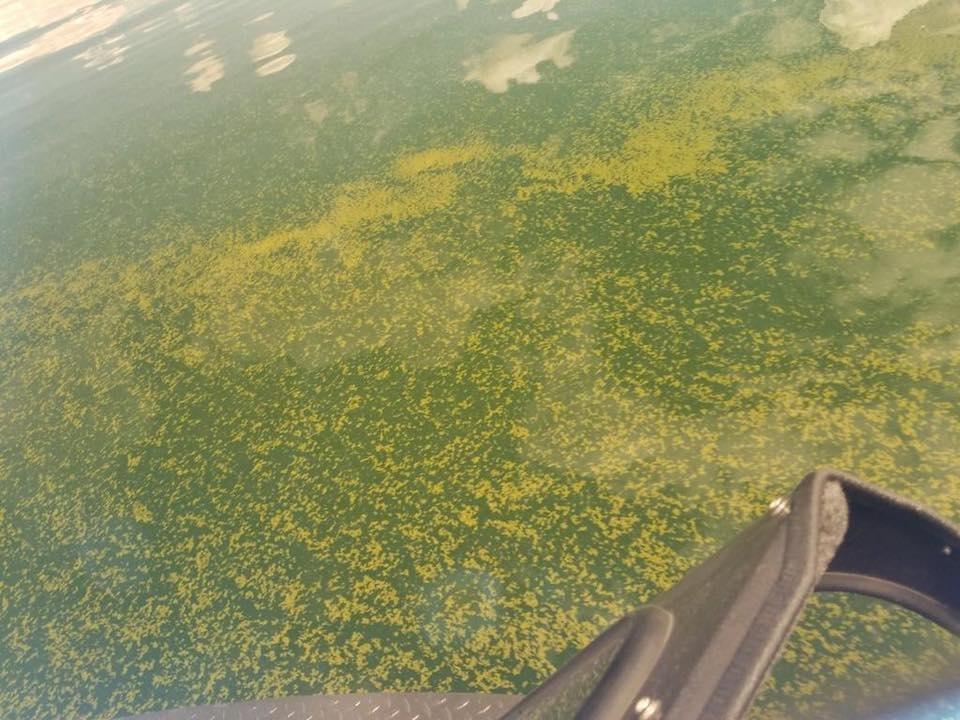Recreators asked to take steps to protect themselves while recreating on the water
Southeast Utah Health Department Press Release
Health officials have confirmed a cyanobacteria bloom, or harmful algal bloom, at Scofield Reservoir. Residents visiting Scofield Reservoir are asked to follow all posted warnings.
The SEUHD encourages everyone recreating at or on Scofield reservoir to be alert to the signs of a harmful algal bloom and avoid those areas as much as possible.
Initial sample results indicate the presence of microcystis algae, which is known to make toxins. There is not currently any evidence of toxins in the water.
ABOUT HARMFUL ALGAL BLOOMS
Harmful algal blooms appear when stagnant, nutrient-rich water warms up in the summer and becomes the ideal breeding ground for cyanobacteria — commonly known as blue-green algae. Under these circumstances, bacteria can reproduce quickly and begin to produce cyanotoxins that most commonly cause skin irritation and gastrointestinal illnesses, although some toxins can cause liver, neurological or respiratory problems.
Even in the absence of these toxins, the cyanobacteria can cause gastrointestinal distress and skin irritation. These blooms can also pose serious health risks to pets and livestock.
Take Steps to Protect Water Recreation
Utah’s waters offer unparalleled recreational opportunities and are generally safe. Water recreators, however, can take a few simple steps to protect themselves, their families and their pets while enjoying Utah’s waters:
● Visit habs.utah.gov before heading out to check water conditions
● Follow all posted warnings
● Don’t swallow water when swimming
● Avoid areas of scum when boating
● Wash hands with clean water before eating or preparing food
● When fishing, clean fish well and discard the guts
● Don’t let pets drink from scummy water
Recognize the Signs of a Bloom
Because cyanobacteria blooms can appear quickly — sometimes in hours — and shift locations based on weather conditions, water recreators are asked to avoid:
● Water that resembles spilled paint, antifreeze or grass clippings
● Surface scum or film
● Discolored or streaking water
● Green globs on or below the surface of the water
For concerns about possible human exposure, call Utah Poison Control at (800) 222-1222 or your physician. For concerns about possible animal exposure, contact a local veterinarian. For concerns about possible livestock exposure, contact the Utah Department of Agriculture and Food at (801) 538- 7100. To learn more about harmful algal blooms or to report a bloom, visit habs.utah.gov.


